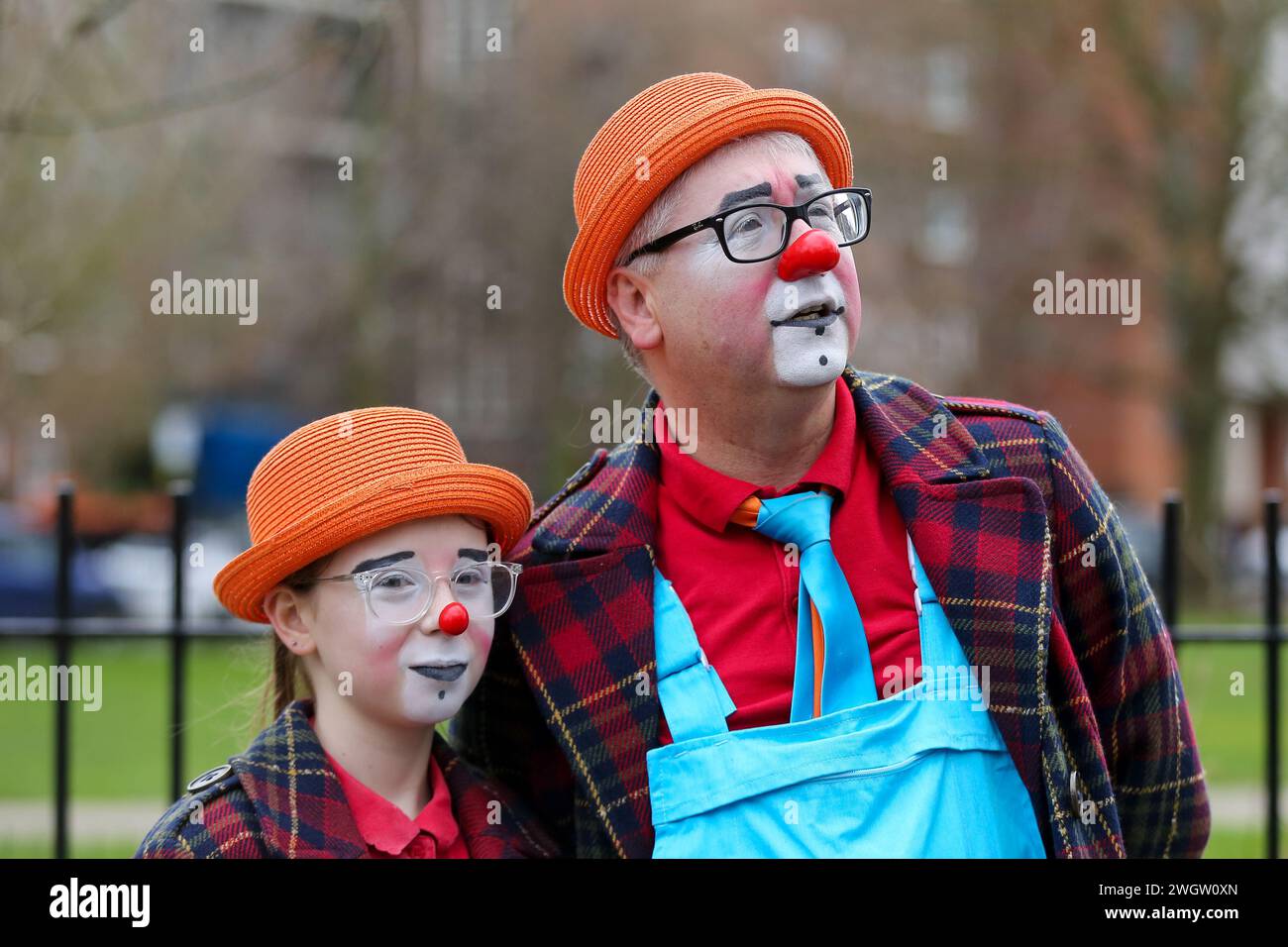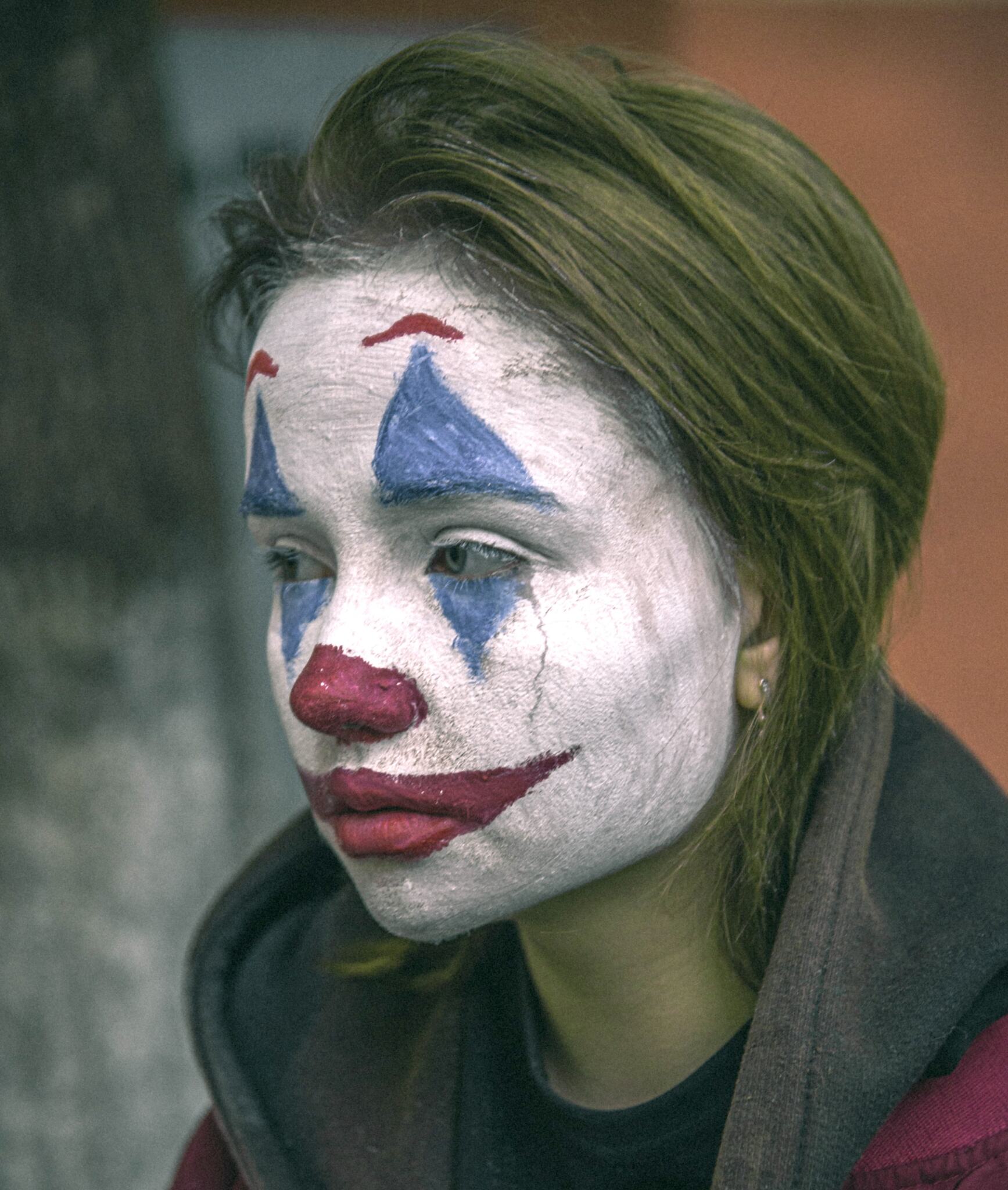10 Simple Techniques For All Occasion Performers
Table of ContentsMore About All Occasion PerformersIndicators on All Occasion Performers You Should KnowSome Known Questions About All Occasion Performers.Everything about All Occasion PerformersTop Guidelines Of All Occasion Performers
He specialized in pigs and mules, which he trained and offered to various other clowns. He also provided an act with an experienced rhinoceros and is the only individual in circus history to provide a tightrope strolling elephant.He was also a philanthropist that gave generously to lots of charities and he put up the first monument to soldiers killed throughout the Civil Battle - Party clown. Beginnings of the Auguste characterThere is a widely told legend about the origins of the Auguste clown. According to the legend, an American acrobat named Tom Belling was performing with a circus in Germany in 1869
The manager unexpectedly went into the space. Belling removed running, finishing up in the circus sector where he fell over the ringcurb. In his humiliation and rush to leave, he fell over the ringcurb again on his way out. The audience yelled, "auguste!" which is German for fool. The supervisor commanded that Belling proceed showing up as the Auguste.
7 Simple Techniques For All Occasion Performers
For something, the word Auguste did not exist in the German language up until after the character came to be prominent. One of the theories of the real origin is that Belling duplicated the personality from the R'izhii (Red Haired) clowns he saw when he explored Russia with a circus (https://justpaste.it/). Characters like the auguste certainly existed formerly

The dancing later on ended up being called tap dance. It must be noted that there are alternating 'origins' for the tramp personality"among which was the traveling "hoe kids," or travelling farm workers, who rode the rails from one town to an additional, wiping the soot far from their eyes & mouth.
Our All Occasion Performers Diaries
Note that the fright wig, overstated lips and eyes, oversized apparel and props of the American clown, props such a club soda, packed clubs, blowing up stogies, and whistles filled with residue, are not Grimaldi's. They come from Tambo and Bones. The English blackface comic Charles Mathews came to America in 1822 to perform and examined black life and personalizeds.
In such plays there is a mishmash of personalities consisting of "kings" and "saints", cross-dressing, and blackface duties; the faces of Morris (or "Moorish") professional dancers were likewise blackened. Many were carried out by inadequate guys in the starving time after Christmas.
If denied, they would rake the transgressor's backyard. The Derby Play of the Tup was done for food and beer by jobless youths. This usage of blackface for political activity camouflaged as enjoyment continued America when the descendants of these males smudged their faces to object taxes. One such objection has actually entered American history as the Boston Tea Ceremony.
Not known Incorrect Statements About All Occasion Performers

While not the lush events we think of today, some early, rougher kinds of taking a trip circus were prominent in America from Revolutionary times-- George Washington was a follower. Blackface clowns carried out in them from a minimum of the 1810s and possibly before; they were a staple by the 1820s. The wide red or white mouth painted on by contemporary clowns is a remnant of the blackface mask.
In several respects minstrelsy was born when these performers moved their acts from the outdoor tents to the stage of American variety movie theaters. There was a strong element of clowning in minstrelsy. The blackface mask was a clown's disguise, exaggerating the facial features right into an anime, a caricature. The blackface clown might be the precursor these days's anodyne circus clown, but otherwise the 2 are as opposite as blackface and whiteface.
All Occasion Performers - The Facts
In several traditions the clown would reveal some physical defect, like a hunchback, dwarfism-- or like Jim Crow, lameness. And because he was different, an Others, the clown was permitted to claim and do things no one else could.
Witticism and look here parody were central to minstrelsy. It's fascinating that in the West African societies from which most servants came, the poet-singer griot offered the exact same satirical jester function when the event developed. That might have something to do with the interested (to us, recalling) simplicity with which Southern Blacks accepted not just the music but even the demeaning humor of minstrelsy.

Emmett Kelly was the best understood vagrant clown with his character "Tired Willie."Vagrant clowns are experienced: + jugglers + magicians + pianists + chalk talk artist + bikers.